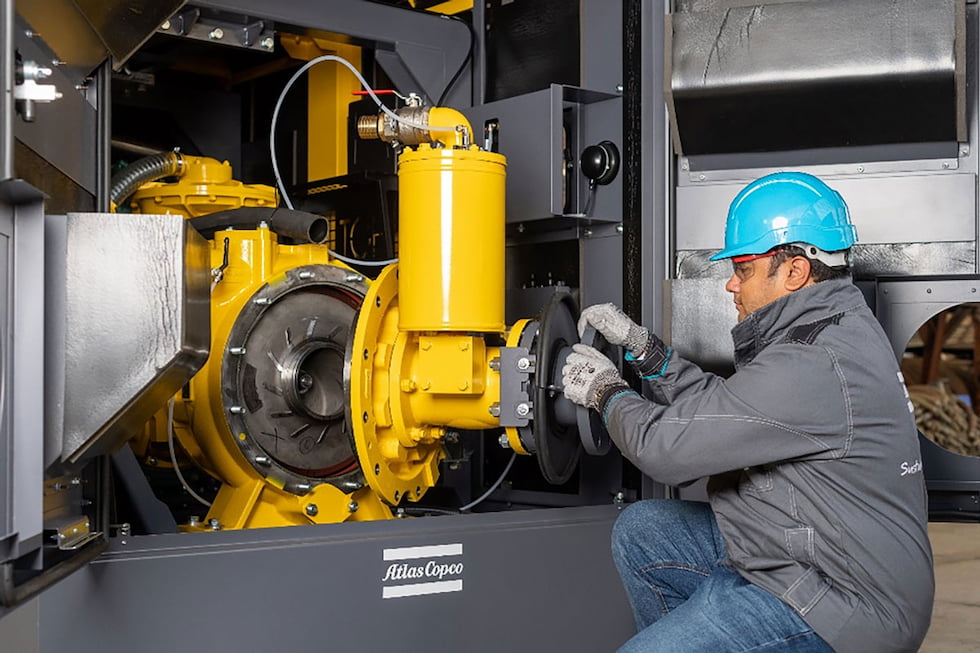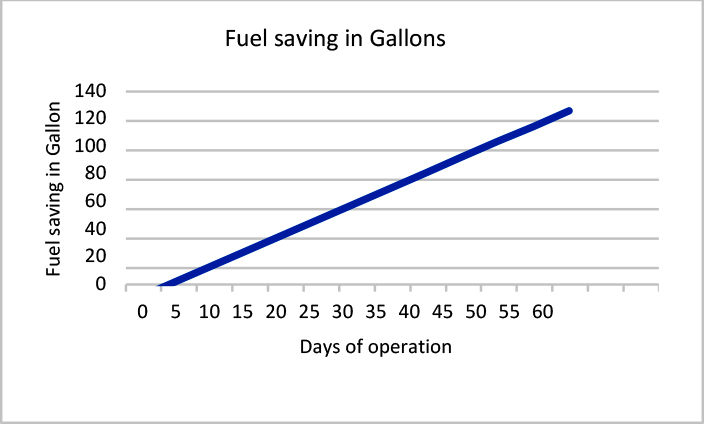
One of the most common temporary pump applications is water removal on construction sites. Water can be encountered while working at the jobsite foundation or during infrastructure installation when developing new residential or industrial areas.
There are many ways to set up the equipment and solve the pump application yet there are two important elements they all have in common. Equipment downtime can cause severe safety problems and impact the productivity of all contractors on-site. Secondly, downtime comes with an unpredictable cost increase. More important than ever, pump manufacturers are focusing on finding solutions on how to minimize equipment downtime and deliver higher productivity.
.jp)
What Is the Optimal Operating Condition?
Usually, pumps are sized and selected based on specific application parameters related to the suction lift, static discharge head, required flow rates and the hose/pipe setup. Often this sizing criteria becomes redundant since the on-site situation deviates from its initial parameters. In case the engineered solution documentation is not handy for review, a set of pressure gauges can give a quick reference to the operator if the pump is working in its recommended operating range (ROR). Operation outside the ROR can cause pump malfunction, excessive wear and inefficiencies.
A vacuum gauge located on the suction port of the pump, with the pump primed but not running, gives an indication of the inlet pressure and translates into the vertical suction lift value. With the pump running, the gauge helps to determine the actual friction losses that are occurring in the suction line. The discharge pressure gauge indicates the pressure required to overcome the static discharge head and friction losses that are occurring while water travels through the pumping system. The sum of suction lift, discharge head and all friction losses represent the total dynamic head (TDH). TDH and the known flow rate represent the duty point of the pump system.
Tip of the trade: Know the duty point by reading the vacuum and pressure gauge values and the pump speed to understand if operation is in the recommended operating range. This will avoid malfunction and downtime and save operating costs.
.jpg)
Fast Return to Operation With Smart Design Features
Another challenge while dewatering a construction site is the potential clogging of the pump. This means that large pieces enter the pump volute but do not exit and cause insufficient flow rates. These situations often occur when the recommended suction strainer is not installed. Quick response is crucial to remedy the situation. The first action point is to remove all pieces that hinder the flow through the entire pump system. A pump’s swing door, if applicable, allows easy access to pump wear components to remove the obstacles safely. Always remember, the installation of a suction strainer is highly recommended to avoid clogging. The ideal suction strainer has a total open area that is five times larger than the open area of the suction line itself, is robust and corrosion resistant.

Save Operating Costs & Reduce Carbon Footprint
“How long can the pump run dry?” is a frequently asked question. Dry running describes a pump operating without liquid or the media to be pumped. It is more favorable to have the liquid flowing inside the pump. Flowing liquid cools down parts impacted by friction and heat generation and lubricates the mechanical seal.
A better question to ask instead is, “Can we maintain a dry work area without running the pump dry?” Dry running a pump, in most circumstances, is wasting energy and creates unnecessary wear on various components. A simple way to avoid dry running is the installation of a level regulation system. The so-called “auto-start mode” will operate the pump based on the required level and behavior.
Example: In the case of operating a high flow centrifugal dry prime pump with a 74-horsepower (hp) diesel-powered engine at 1,600 rotations per minute (rpm), the engine consumes an average of 0.7 gallons of diesel fuel per hour at no load or no pumping condition. Now, 2.1 gallons of diesel fuel can be saved daily, assuming that the pump is required to operate only nine out of 12 hours per shift. A reduction of three operating hours per day will also extend the 500-hour engine service by three weeks.
Having the pump operate only when required will come with many benefits including daily fuel savings, the extension of the maintenance interval with direct savings in service expenditures, along with the reduction of the carbon footprint and extension of lifetime for various components.
Discover how to maximize cost savings in the next pumping application by minimizing downtime. Avoid downtime by knowing the optimal operating conditions and making use of pressure readings to troubleshoot the system. A return to operation in case of machine downtime requires fast response and, ideally, smart product features to solve the situation. Finally, there are further cost savings possible by making sure that the equipment only operates when required. Fuel and maintenance expenditures are a direct positive impact but lifetime of components can also be extended and the use of fossil fuels can be reduced.

